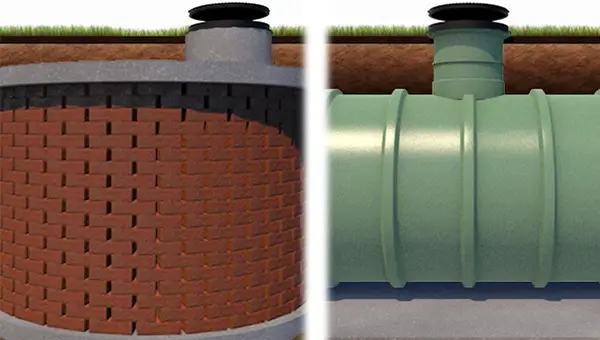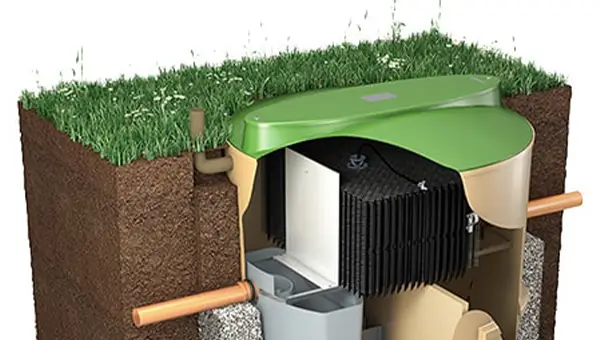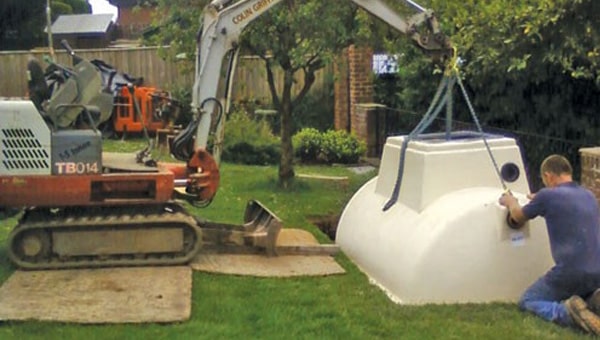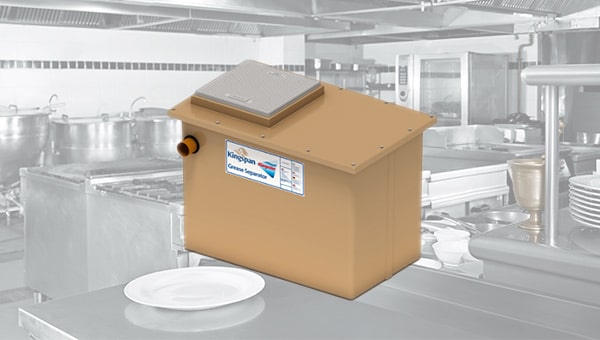The installation of your wastewater drainage system went smoothly. You’ve been enjoying the benefits, happily unaware of the system’s underground workings. All of a sudden, problems arise. The septic tank starts to overflow, toilets stop flushing properly, or liquid patches appear near the soakaway system.Use this guide to determine if your soakaway is the root of your problems, and what to do to fix the issues.
Avoiding blocked soakaways
The difficulty and expense of replacing a septic tank soakaway means it is much easier to avoid blockages than to treat them. Many faults can be traced back to incorrect installation and, fortunately, many of the problems arising from blocked soakaways are avoidable as a properly specified and installed underground drainage system should have a long life span without any need for excessive maintenance.
For more detailed advice on best practices, read our guide on how to install a septic drainage field. JDP’s Technical Support Team are available to discuss any further guidance on soakaway installation, blockage, repair or replacement, so don’t hesitate to get in touch!
Causes of septic tank soakaway blockages
Even if a soakaway is correctly installed it’s still possible for a blockage to form. For instance, a septic tank soakaway can become blocked:
- As a result of dip pipe or baffle issues in the septic tank.
- If the septic tank isn’t emptied regularly enough.
- Growing tree roots interfere with pipes in the system, constricting, damaging, or even collapsing pipes.
- Users of the system flushing non-degradable and man-made material (such as sanitary products, nappies, cotton buds, etc.).
- A significant increase in usage exceeds the projected water capacities when the soakaway was installed.
Signs of a blocked soakaway
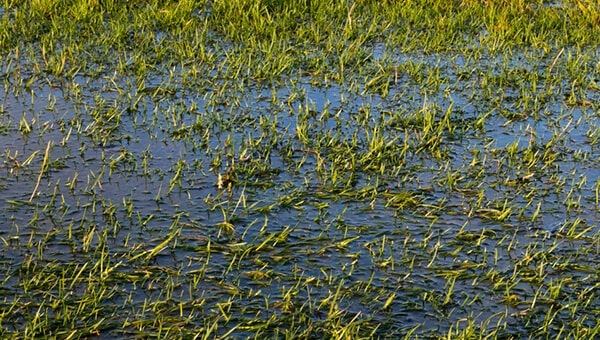
There are some signs you can use to tell if your soakaway is the cause of your drainage issues. These include:
- Waterlogging and soaked ground.
- Bad smells coming from septic tanks or drains..
- Slow flushing toilets and gurgling sounds from the drains.
- Overflowing water in the bath, sink, toilet, etc.)
- Distortion, such as dipping, in the ground over the soakaway could indicate collapsed pipework.
Unblocking your septic tank soakaway
To begin resolving your blockage issues, you’ll need to determine the main problem with your soakaway. If you’re unsure what type of blockage is affecting you, seek help from an engineer to inspect your soakaways and septic tank. They could identify the problem more easily, and if your soakaway can be unblocked, they’ll have the skills and the tools needed to do the job properly.
You should also check whether your insurance policy will cover any of the issues you identify. You may be able to significantly reduce the cost of any incurred repair or replacement work.
Soft blockage
Where there is ‘soft blockage’ caused by the build-up of materials flushed through the system, it’s also a good idea to contact a specialist company. They should be able to provide the necessary care and attention to solve the problem without doing further damage. You’ll also need to make sure that whoever has been using the toilet connected to the system is aware of what they’re not allowed to flush.
Natural blockage
Is your blockage caused by natural material like silt and leaves? In these instances, soakaways can sometimes be cleaned. You should be able to gain access to the pipework via a rodding point, then use a high-pressure jet washer or hose to remove the unwanted material. However, this method does not guarantee success where the dirt build-up is particularly stubborn.
Some septic tank soakaway blockages either cannot be unblocked or it is uneconomical to do so, in which case the system will need to be replaced.
Replacing a septic soakaway
Proper installation of a septic tank soakaway is designed to avoid all blockages. As such, when a blockage does occur, it is often too drastic for simple repair, necessitating replacement of the entire drainage field.
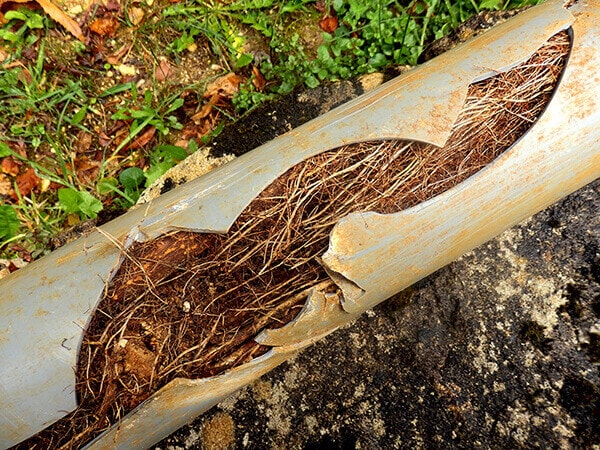
Tree root damage, collapsed pipes
If tree roots have broken through the underground pipework, the issue can be difficult to fix. Manually removing the tree roots is only a short-term solution, as they will inevitably grow back, causing further blockages and potentially permanent damage.
Septic tank issues
It’s possible that the dip pipe or baffle in your septic tank is damaged. This is especially bad, as the purpose of these items is to keep solid waste out of the soakaway. As soon as solid waste enters your wastewater drainage system, the surrounding is very rapidly polluted. This can lead to further problems with septic tank overflow. This type of soakaway damage is permanent.
Improper installation
A drainage field that was not installed according to the requirements in Building Regulations Part H is at risk of blockage. Situating the soakaway too close to buildings, footpaths or roads can lead to collapsed pipes. The absence of a geotextile can lead to buildups of silt. Failing to conduct the proper tests on the ground can lead to flooding as the water table is overwhelmed. All of these problems can result in a need to replace the soakaway.
Replacing your blocked or damaged soakaway can be a lengthy process. This is largely because legal guidance suggests any new soakaway not only follow the placement guidelines listed above, but also be installed in a different location from the original.
Here at JDP, our technical team is always on hand to offer free impartial advice for all of your drainage needs. Contact us today if you have any questions about your current or upcoming projects.


